The appearance of the first fish
04.10.2023 09:53
4209 views
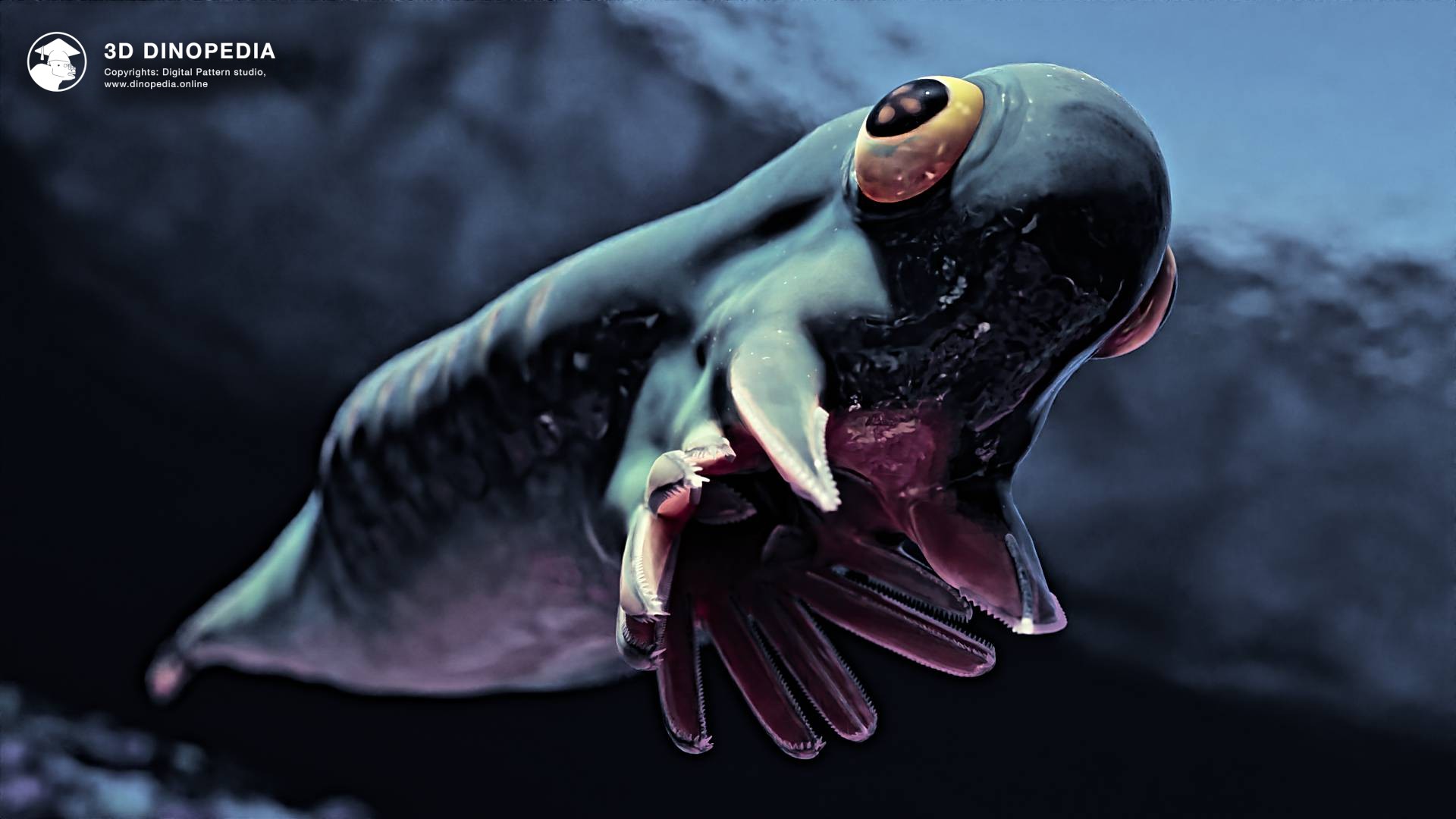
What do we imagine when we hear the word "fish"? Some of us picture glittering perch in a picturesque river, others an appetizing dish on a festive table, and for some, fish are associated with the colorful inhabitants of an aquarium. Of course, all of the above can be classified as fish. But have you ever wondered where these amazing scaly creatures come from? What is their evolutionary history?
First, let's determine the characteristics that define a fish. Of course, the first thing that comes to mind is a streamlined body shape, necessary for fast movement in water. Scales for protection, fins for maneuverability and stability, gills – a unique respiratory organ that allows fish to breathe underwater, and, of course, a backbone and jaws.
Recalling the anatomy of fish, let's move to the more mysterious and fascinating question of their evolution. Mentally going back in time, we would find our planet populated by simple worm-like invertebrates. These ancient organisms appeared long before the Cambrian period, roughly half a billion years ago.
During the Cambrian period, about 539-485 million years ago, there was a burst of biological diversity. Around 505 million years ago, the first chordate animals appeared – precursors to modern vertebrates. Pikaia from Canada and Haikouichthys from China are prime examples of these ancient creatures whose descendants would become the rulers of seas, rivers, and oceans in the future.
In the Ordovician period (485-444 million years ago), significant changes in animal evolution occurred: the notochord evolved into a backbone made up of individual vertebrae, and a skull formed to protect the brain. Among the first vertebrates were conodonts, such as Promissum and Arandaspis, which at first glance resemble modern fish due to their body shape and the presence of fins. However, most of them did not yet have paired fins and, importantly, all lacked jaws, hence they are called "jawless." These creatures fed in various ways: some ate bottom sediment, others filtered water, and some, like modern lampreys, attached themselves to their prey, i.e., were parasites.
At a time when jaws did not yet exist, some jawless creatures, such as conodont promissus, even formed teeth and became the first predators among vertebrates. However, capturing and consuming large prey without jaws was challenging.
This stage of evolution brings us to a critical transitional point: the emergence of the first jaw. This significant event occurred at the end of the Ordovician or the beginning of the Silurian period, about 450-440 million years ago. Jaws didn't appear suddenly. They evolved from the gill arches that served as support for the gills. Imagine - jaws evolved almost from gills! But, in reality, it makes perfect sense - the early vertebrates had no other bony structures near the mouth besides the gill arches. It is worth noting that only the first two gill arches underwent changes, forming jaws and their attachments, while the remaining arches continued to support the gills.
With the emergence of jaws, animals unlocked numerous new feeding opportunities. Now they could consume larger prey, biting off small fragments, grasping their prey with their jaws, or quickly sucking in tiny prey by creating a vacuum and rapidly opening their mouths. Over time, jaws became more refined, allowing animals to even crack hard shells and exoskeletons.
Throughout subsequent periods of Earth's history, thousands of species of fish will appear. Some of them will boldly try to conquer the land and will do so with great success, giving rise to terrestrial vertebrates! But more on that another time.
Learn more about Pikaia, Haikouichthys, Cephalaspis, promissus, and many other amazing marine inhabitants in the application "3D Dinopedia: Paleontology". Mesmerizing 3D models, intriguing facts, and detailed information about the lives of these creatures await you!
Discussions
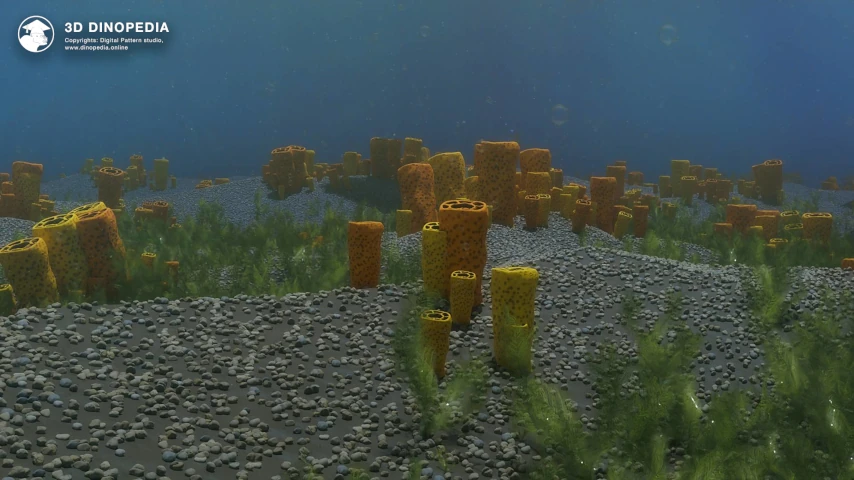
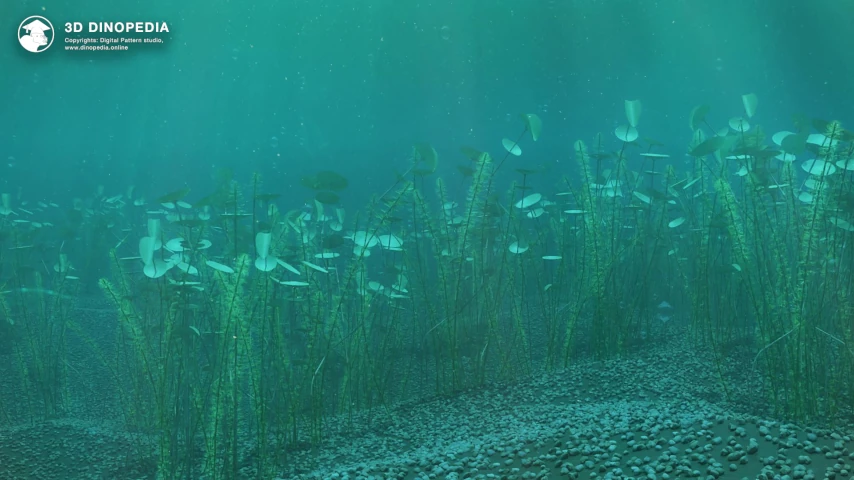
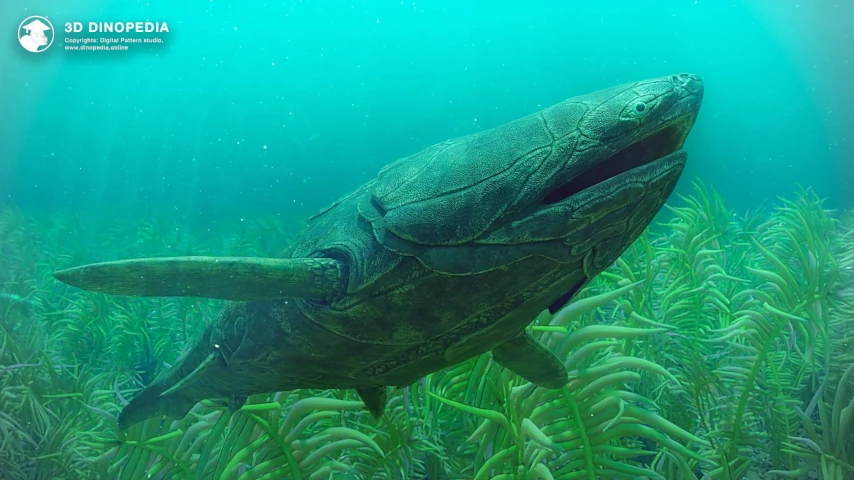

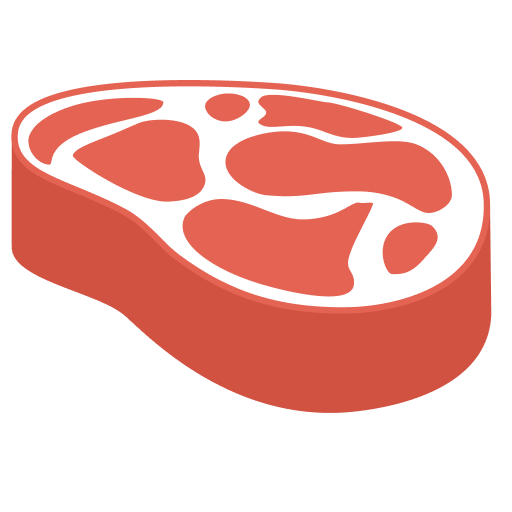
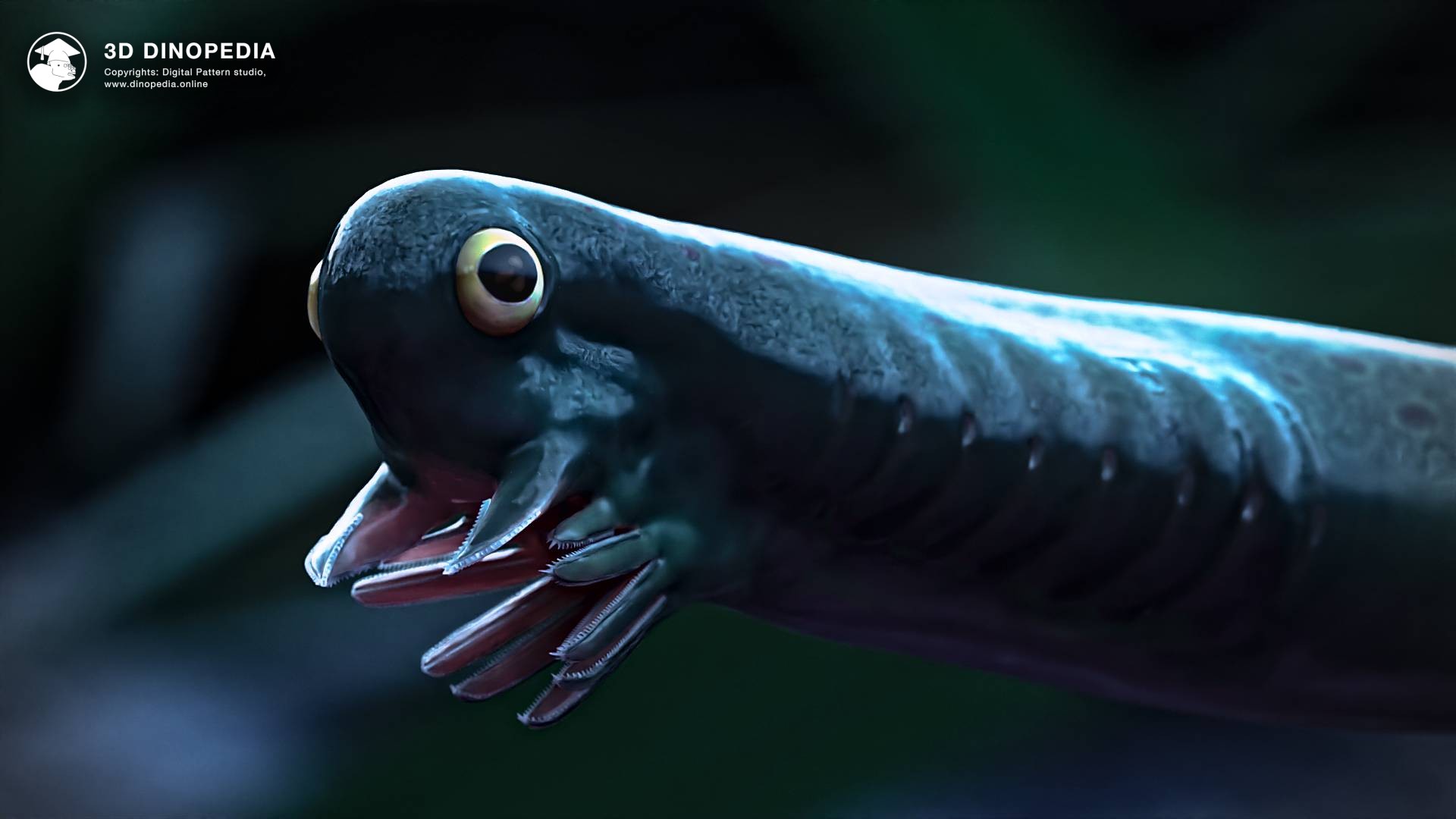
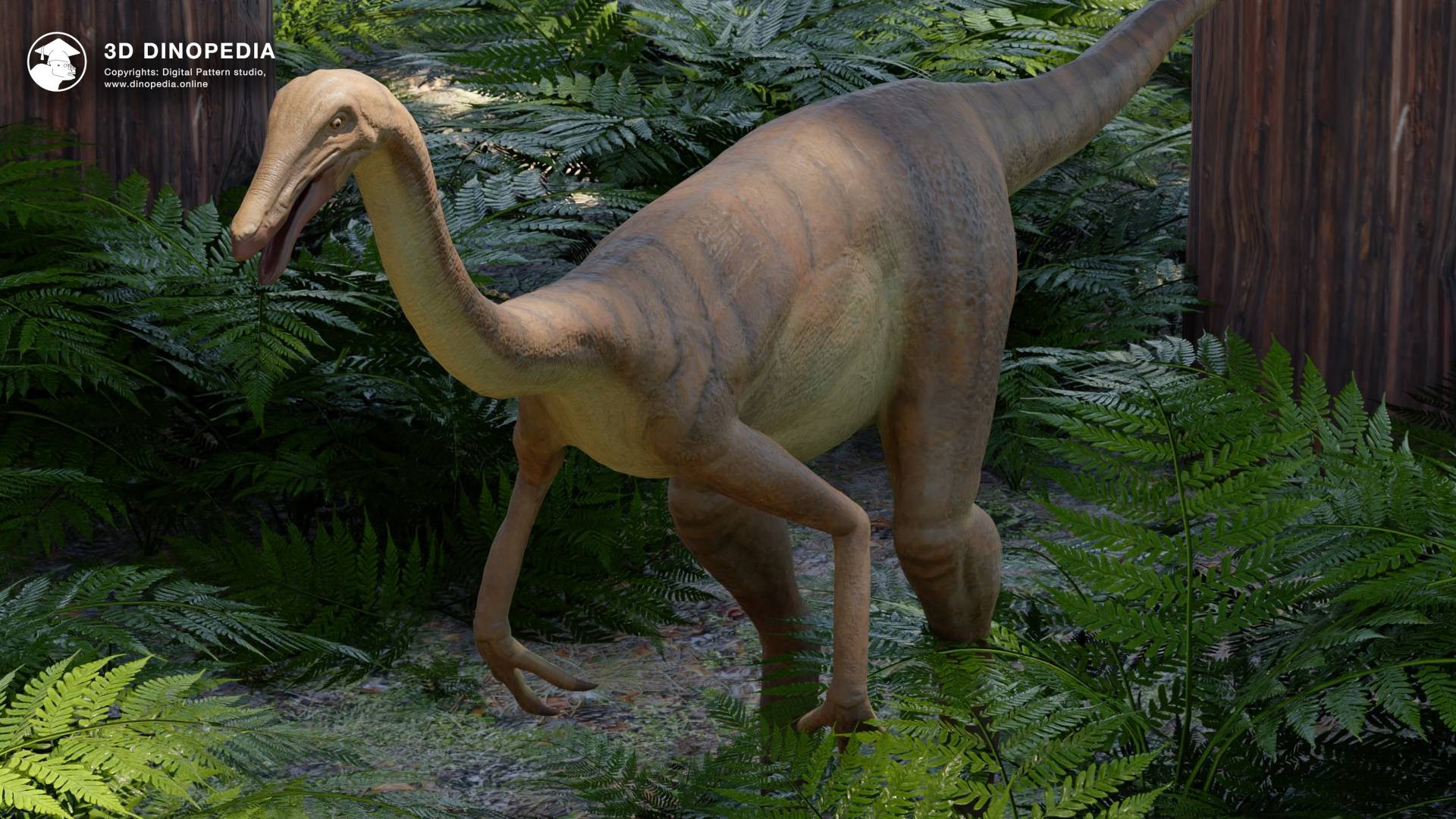
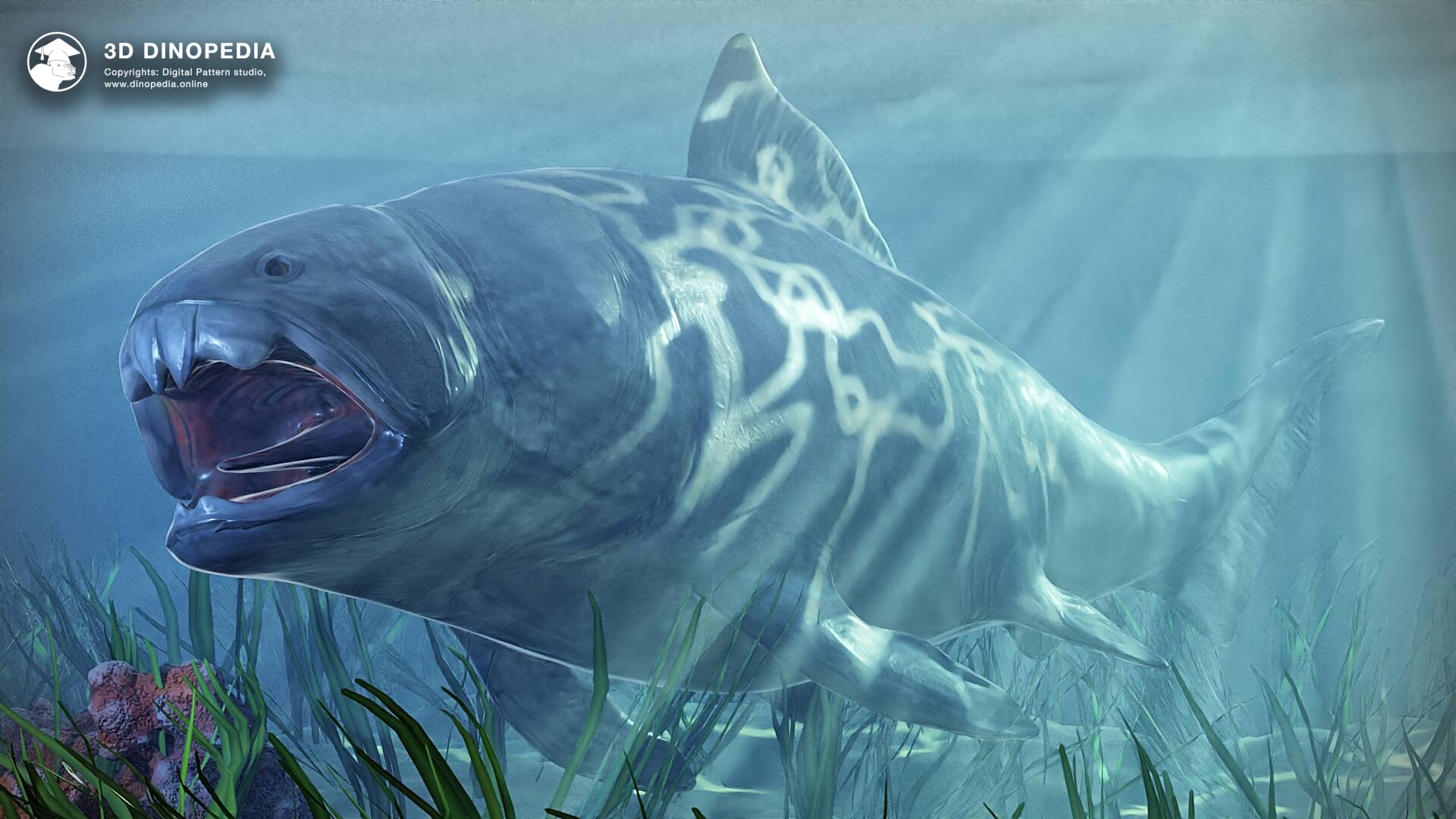

{{ count }} comments
You must login to write a comment